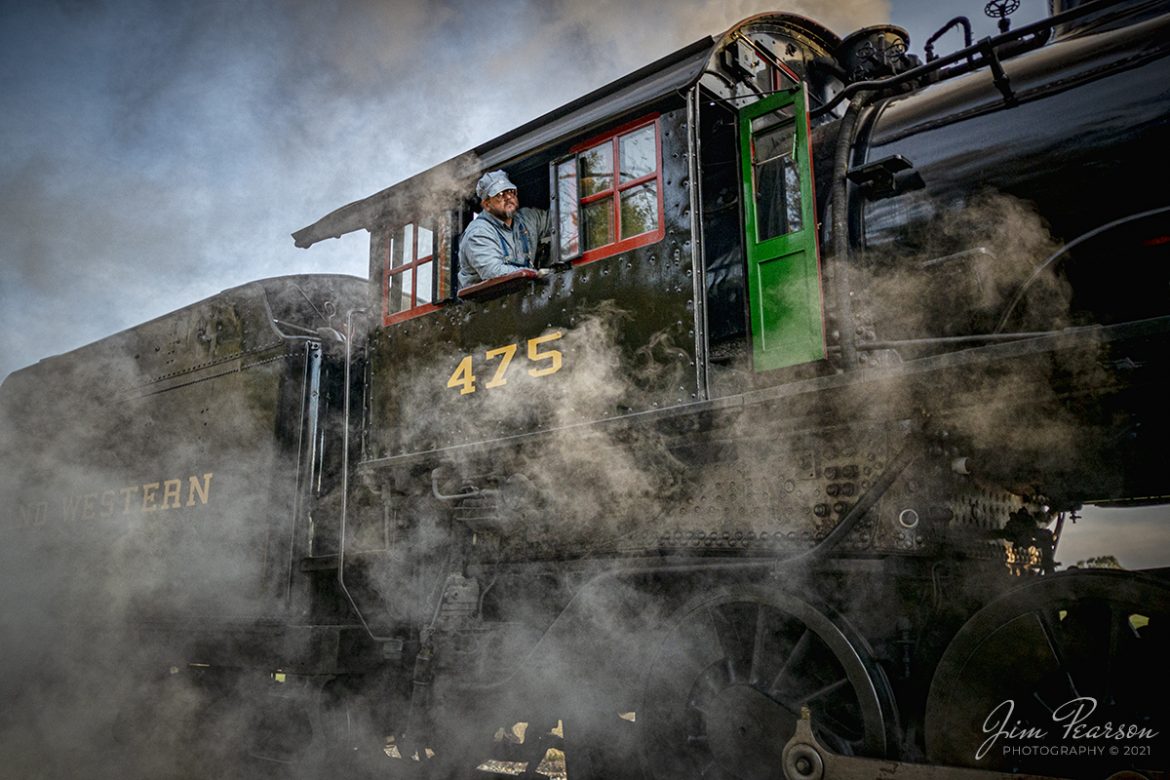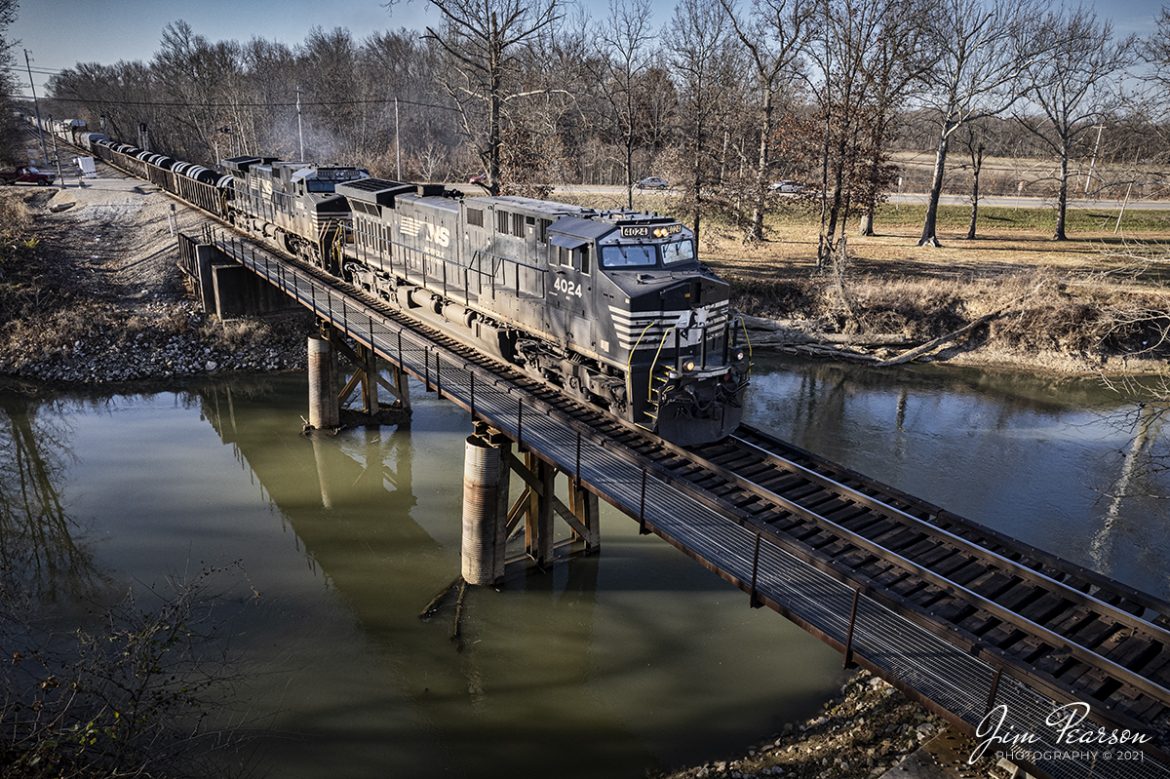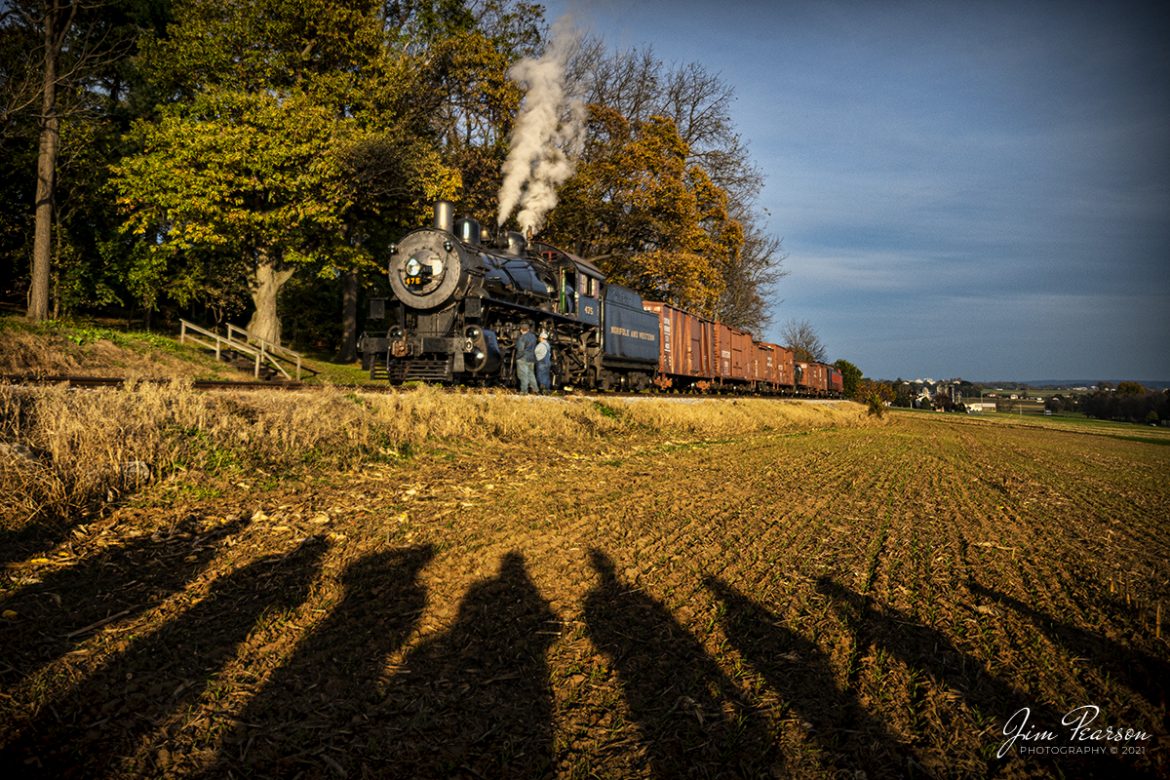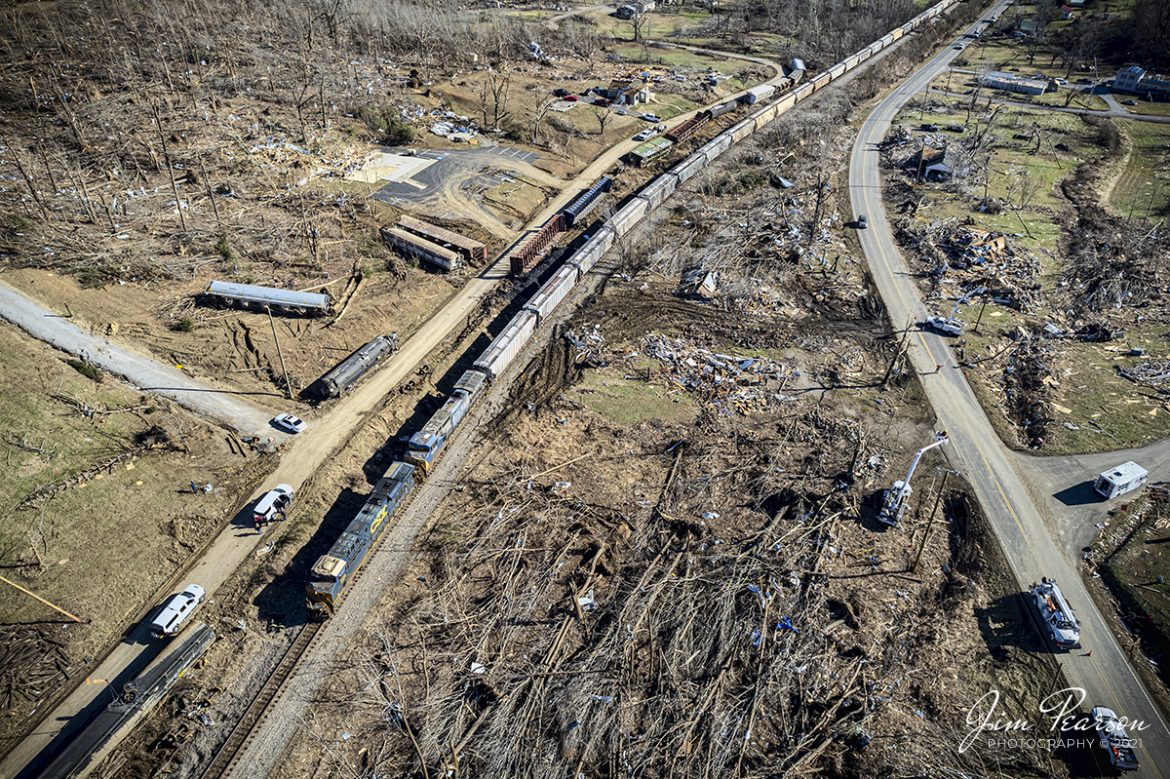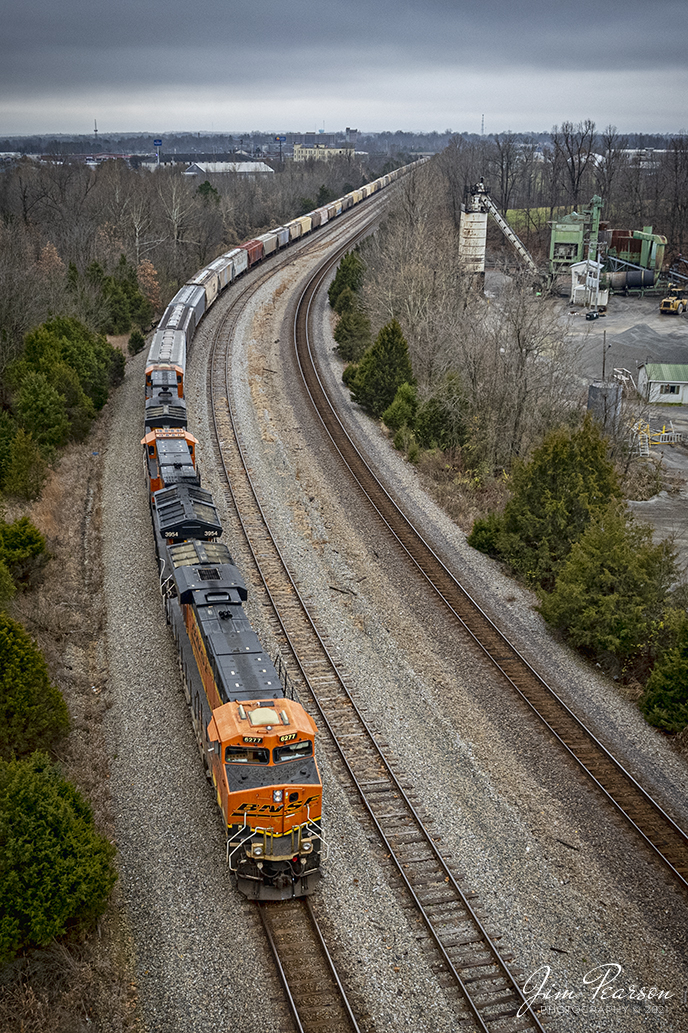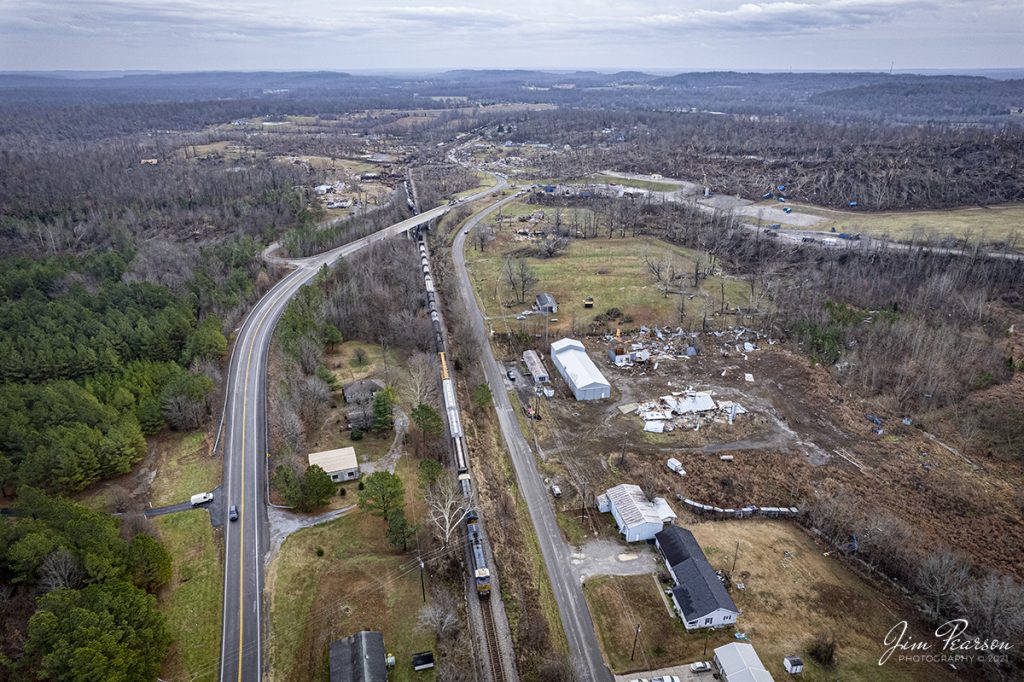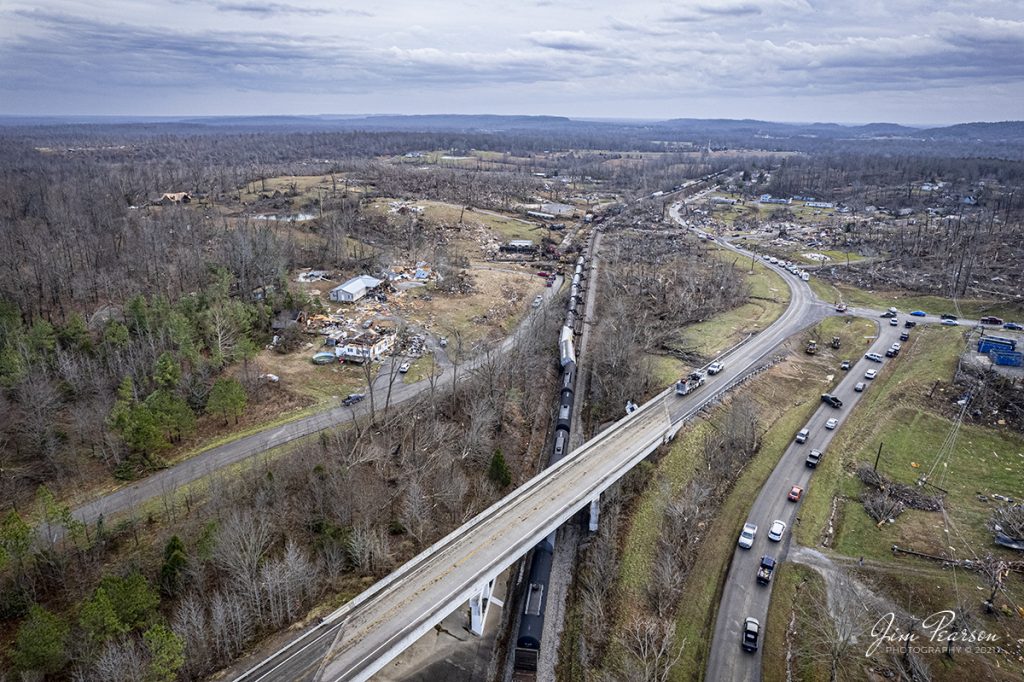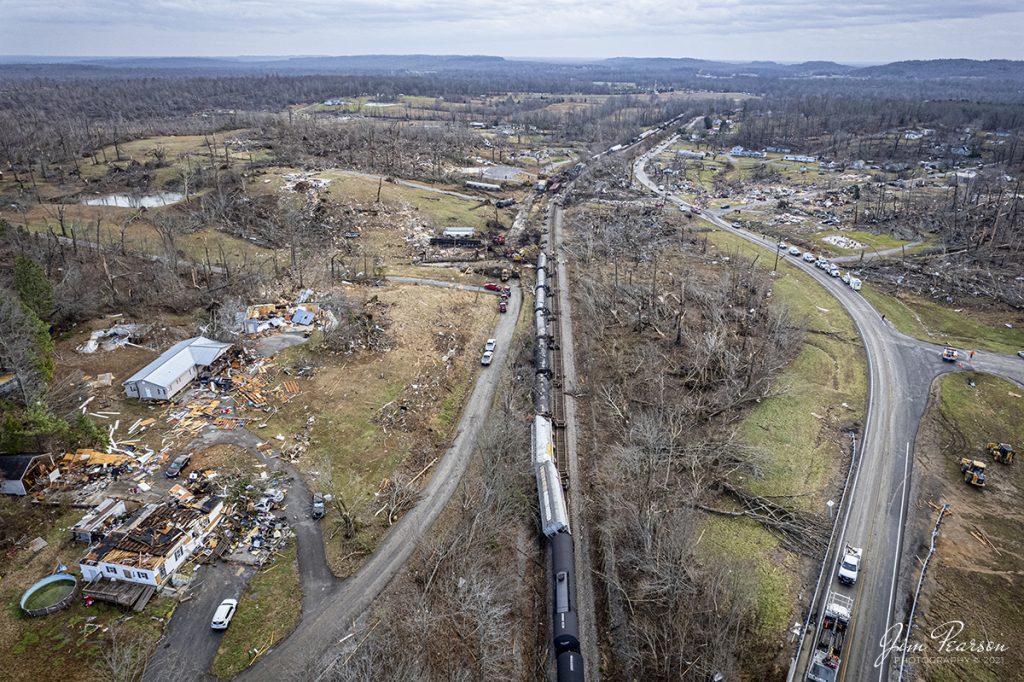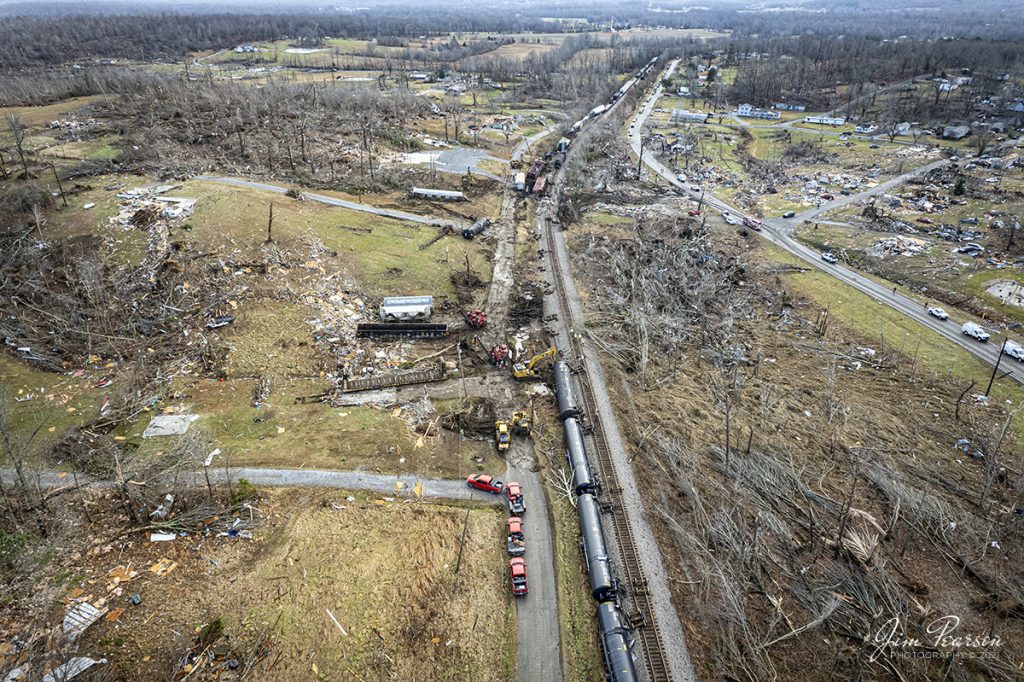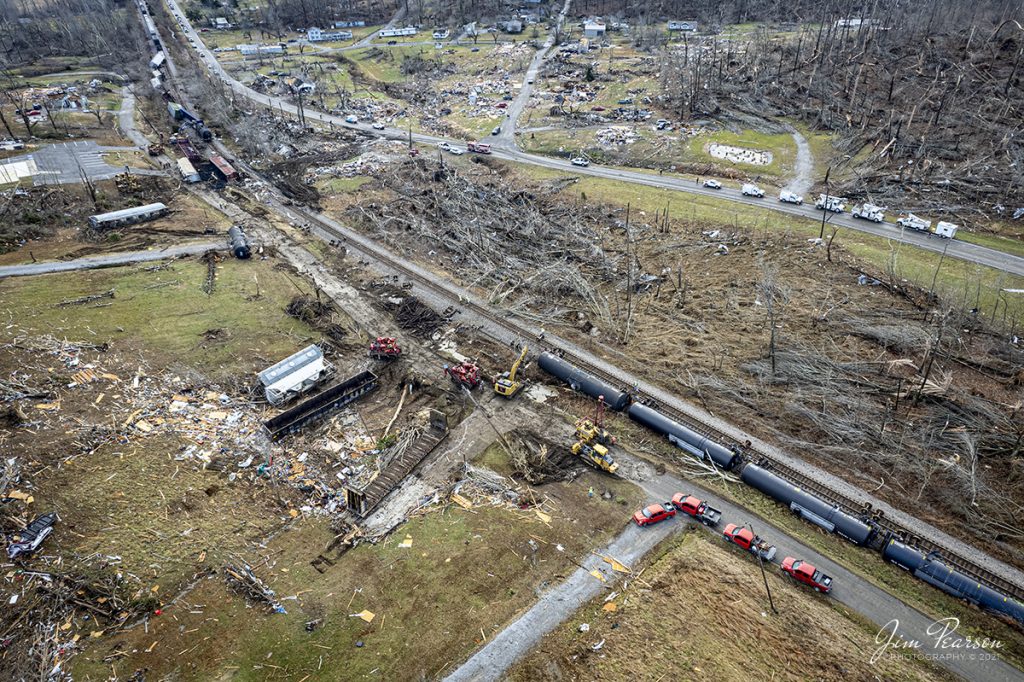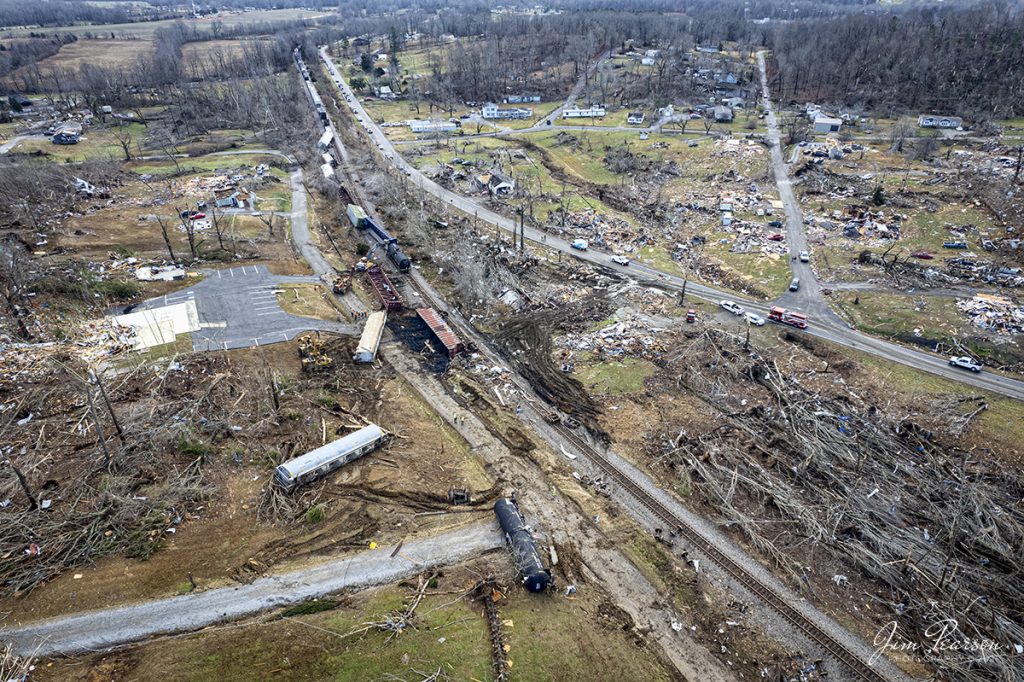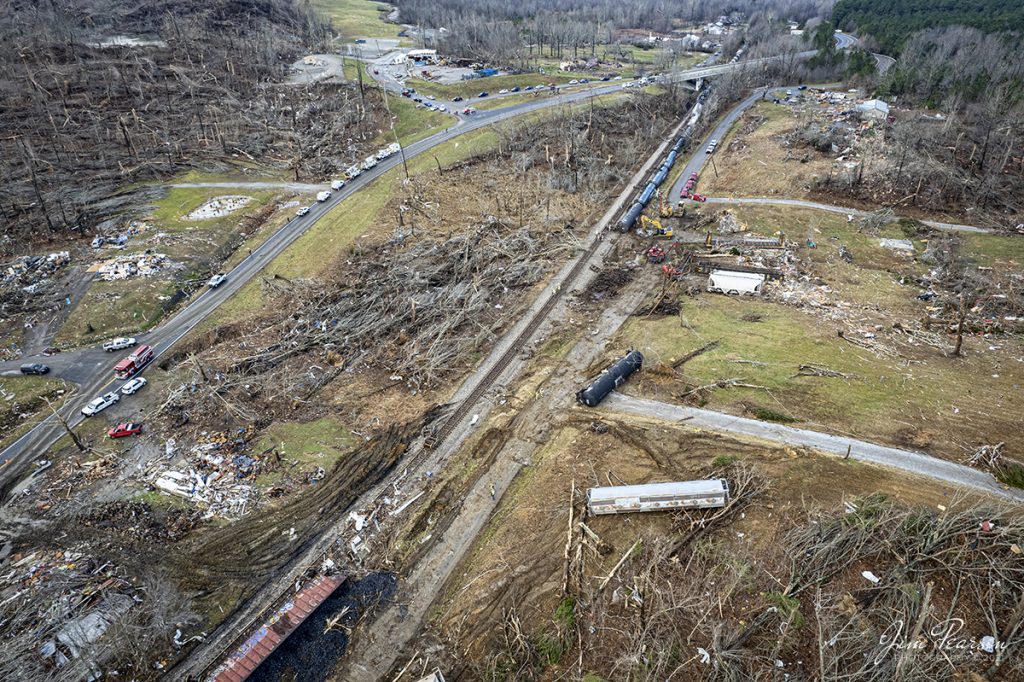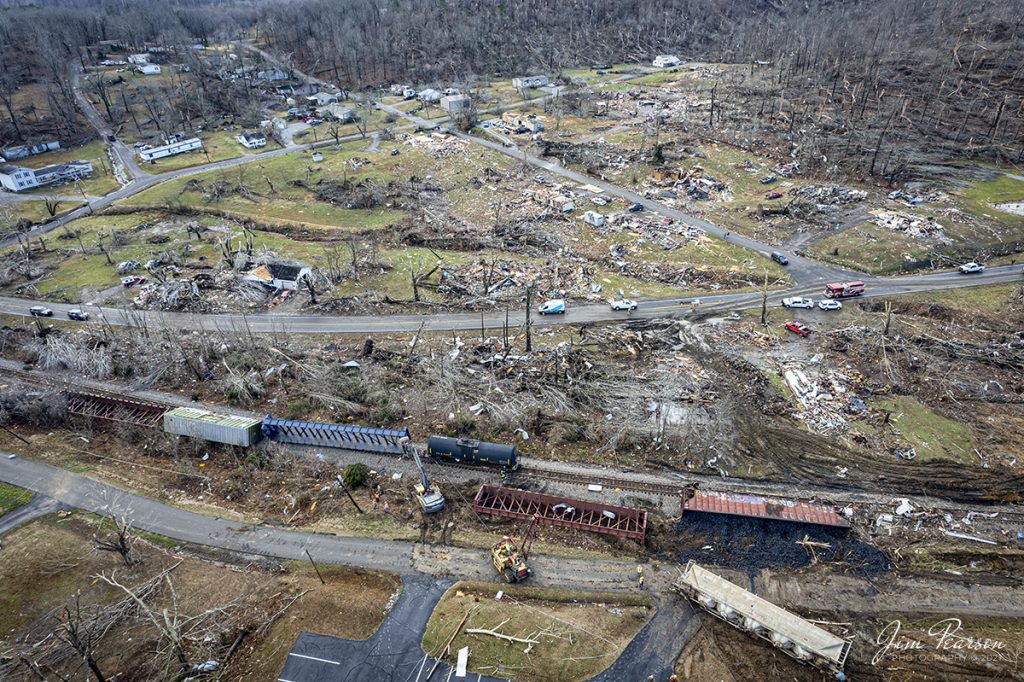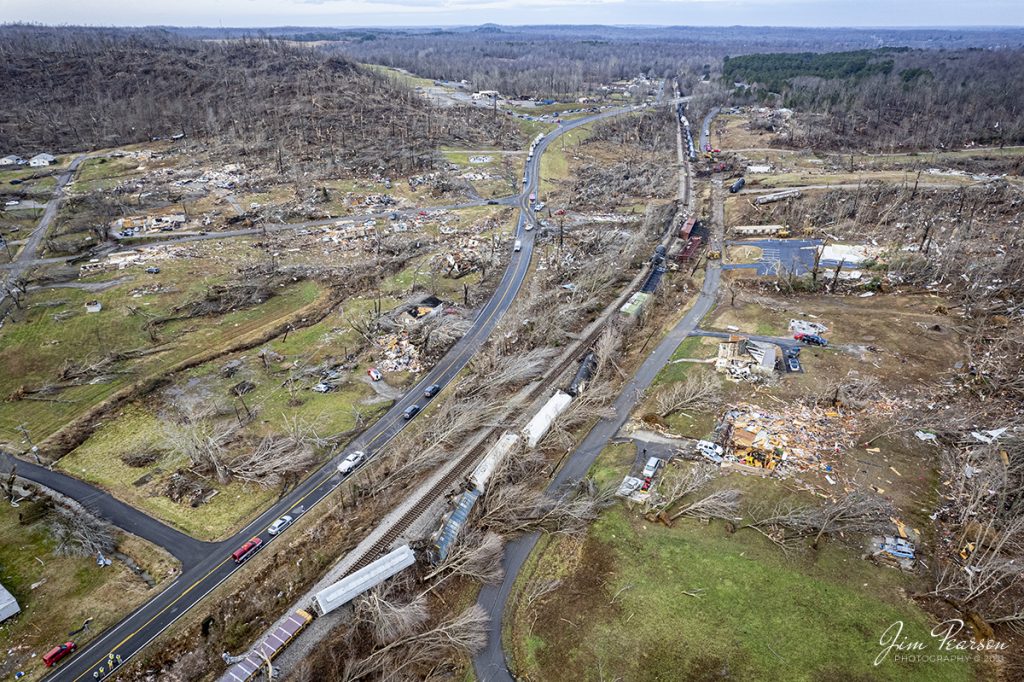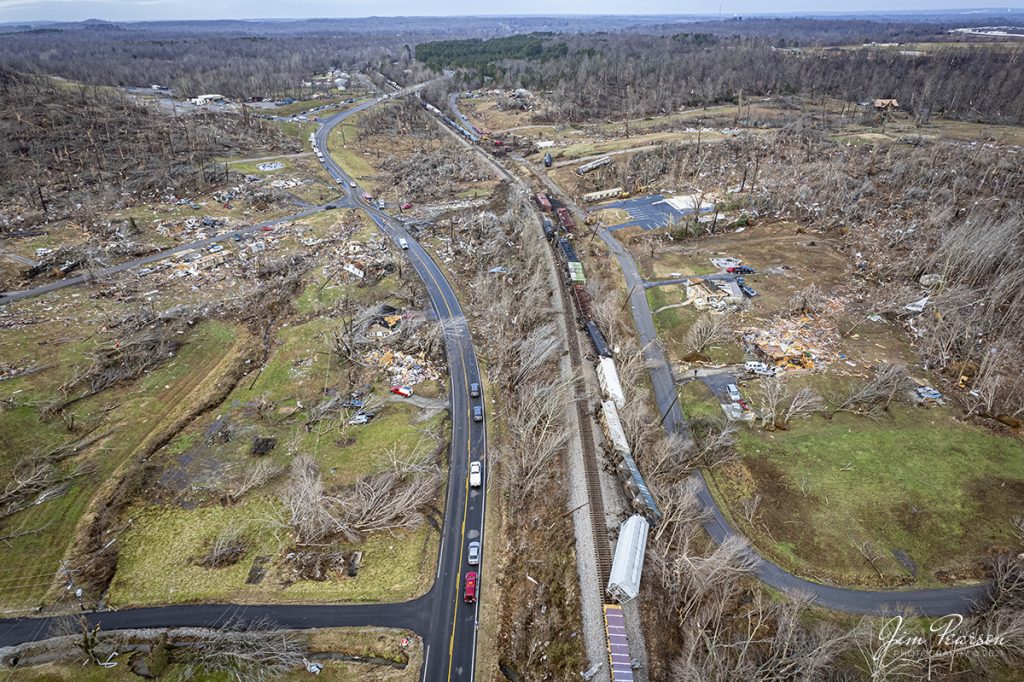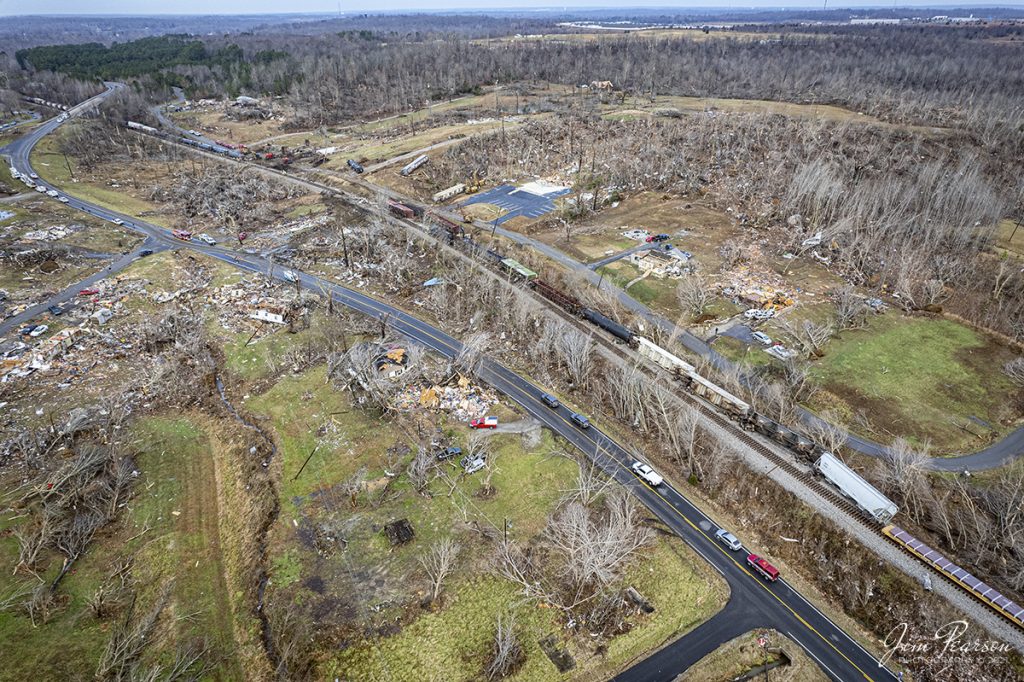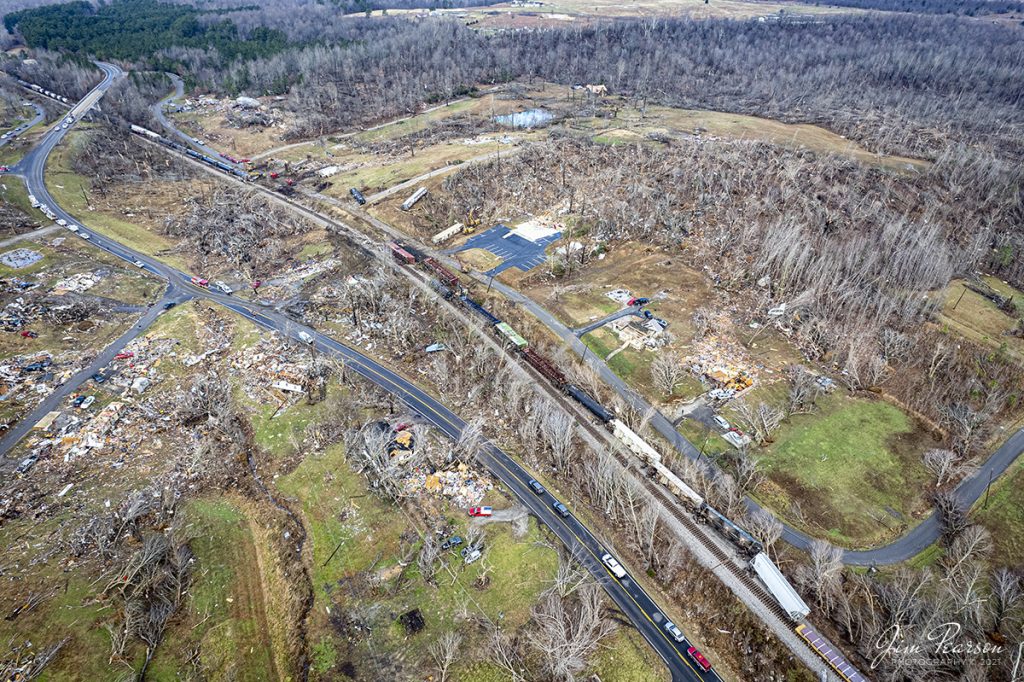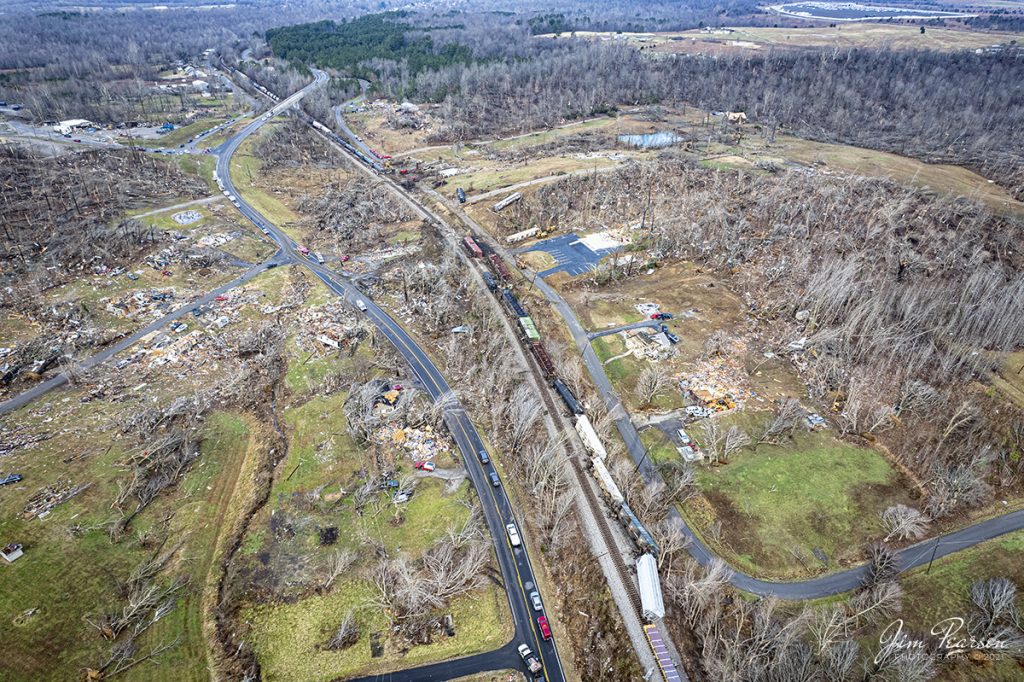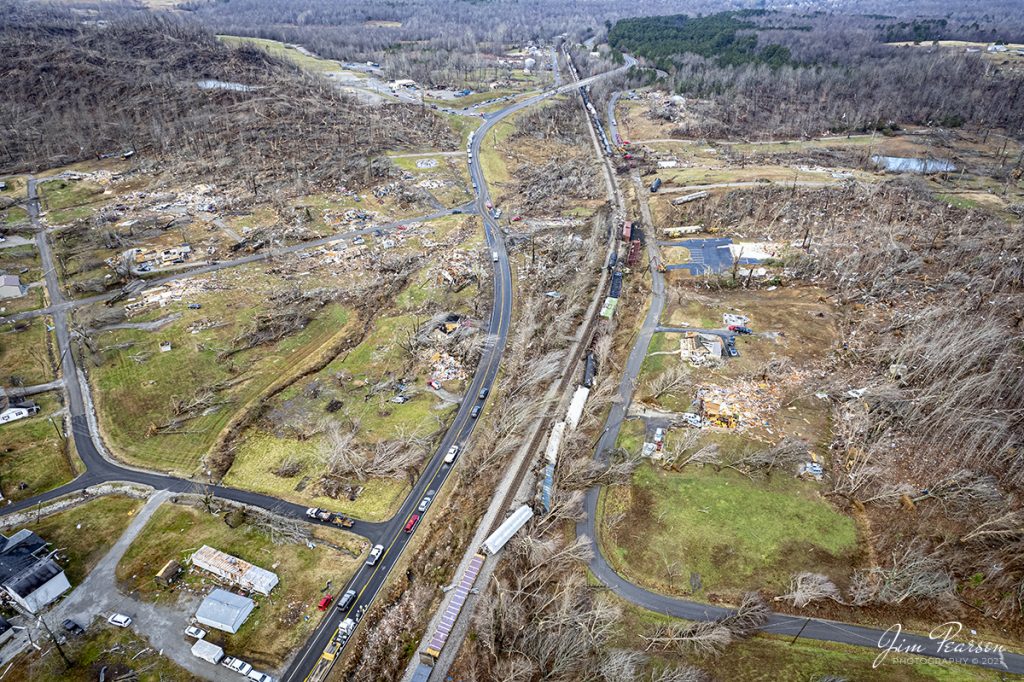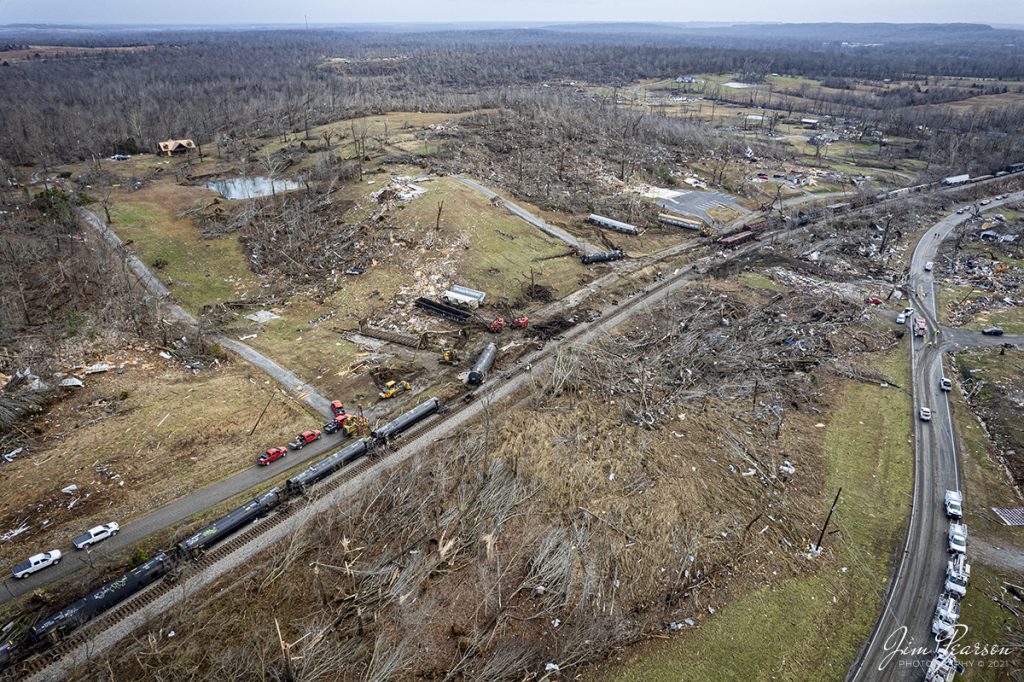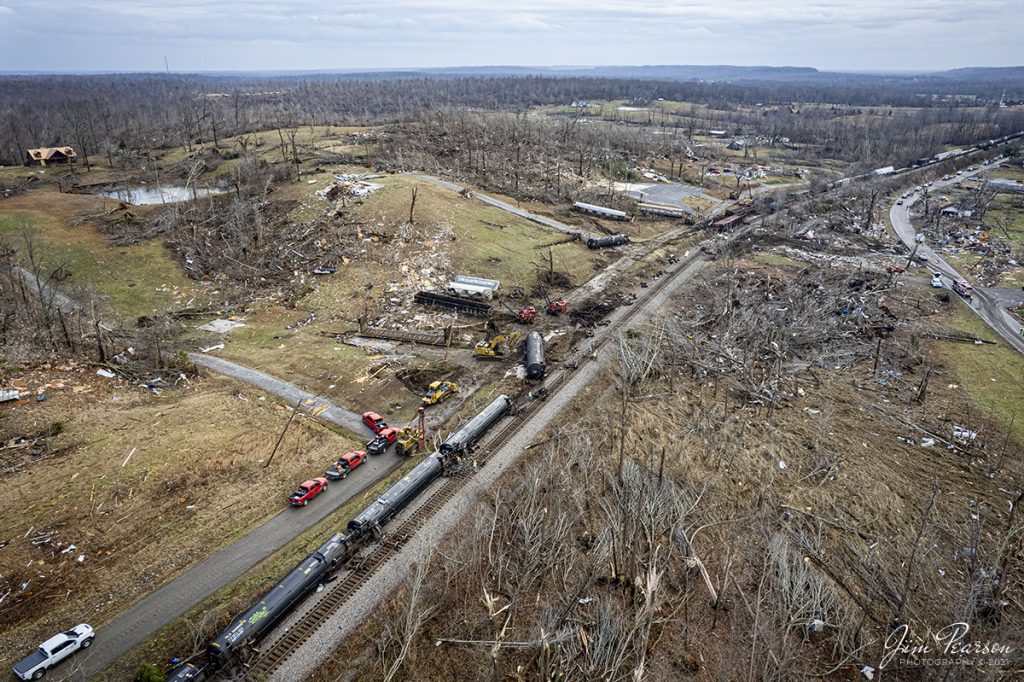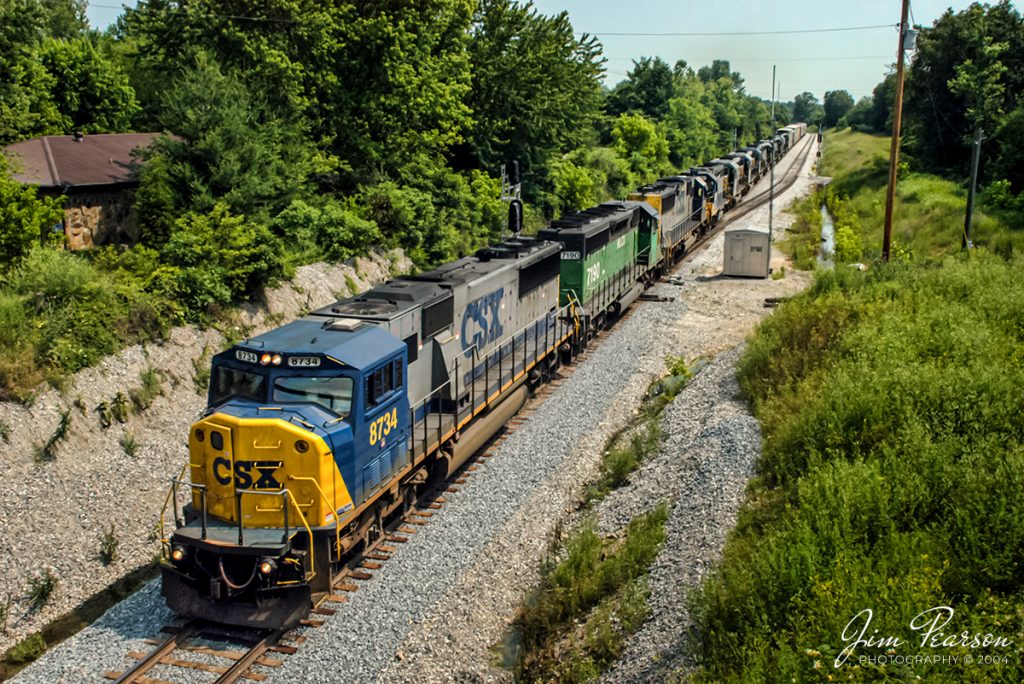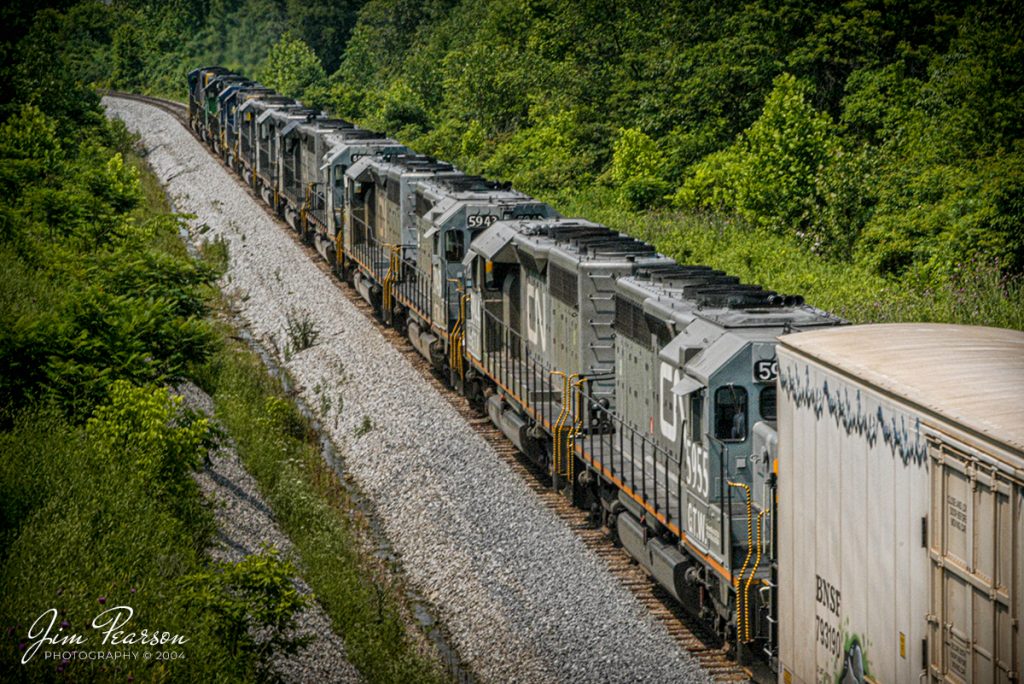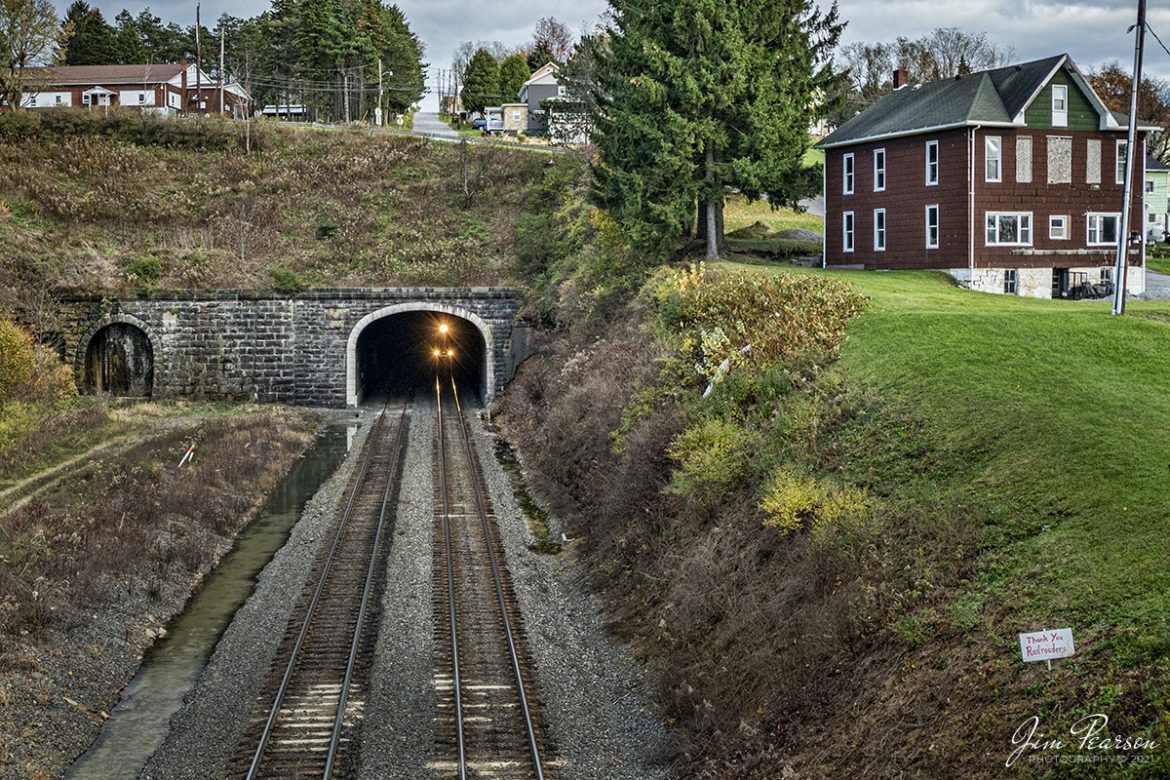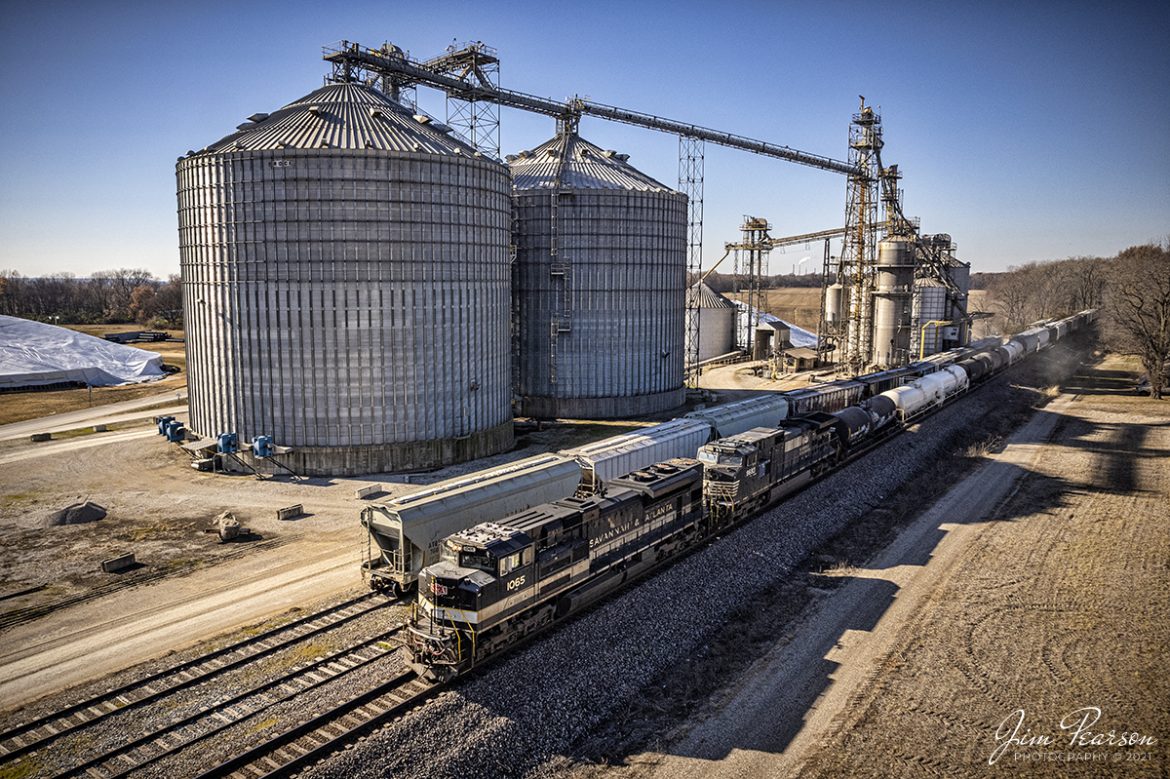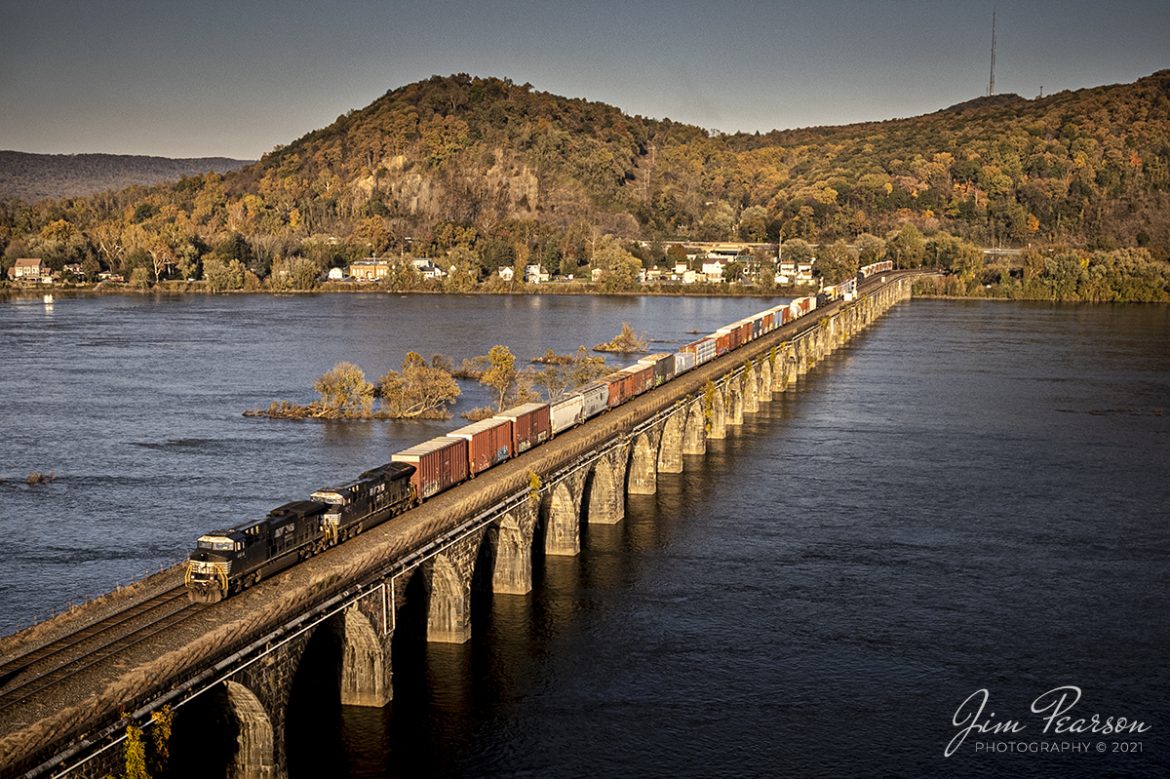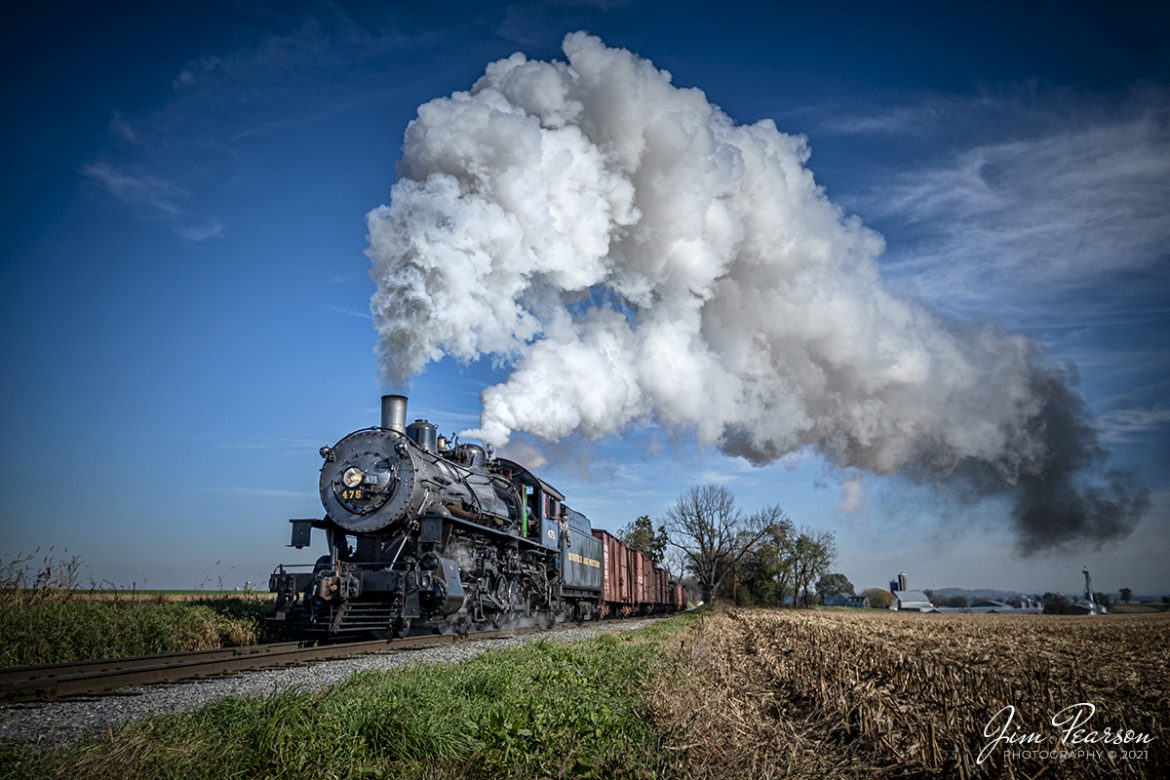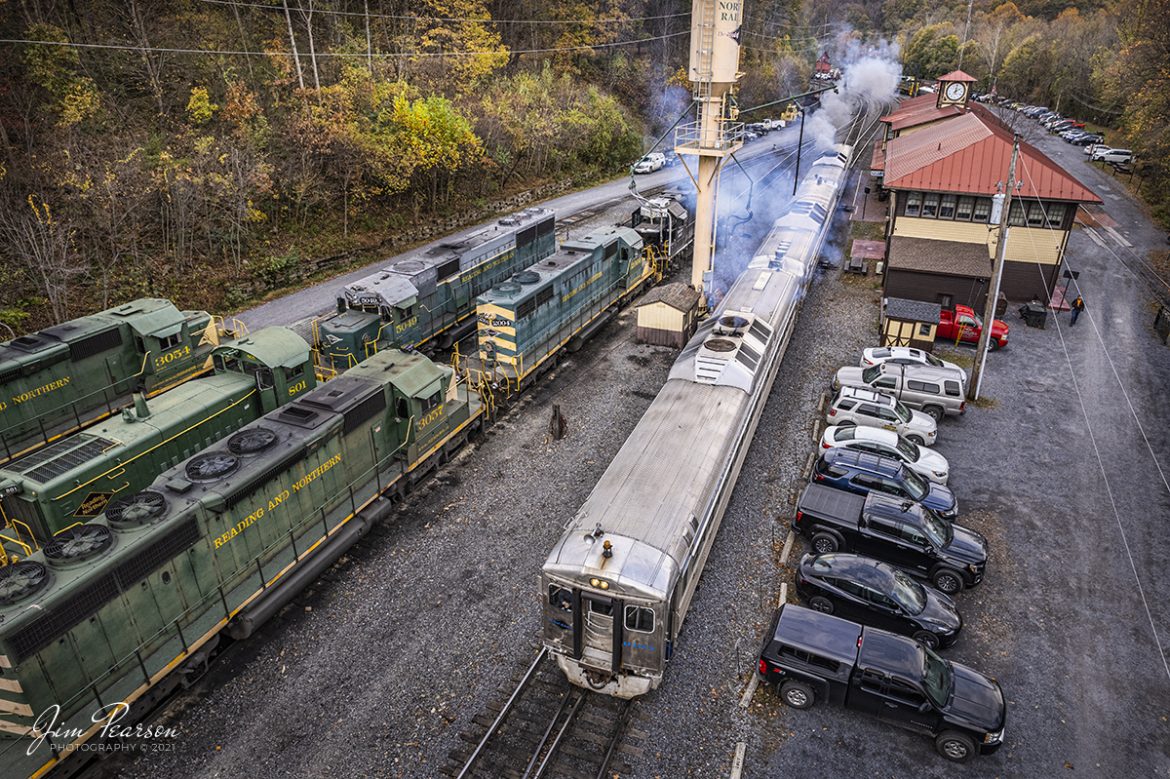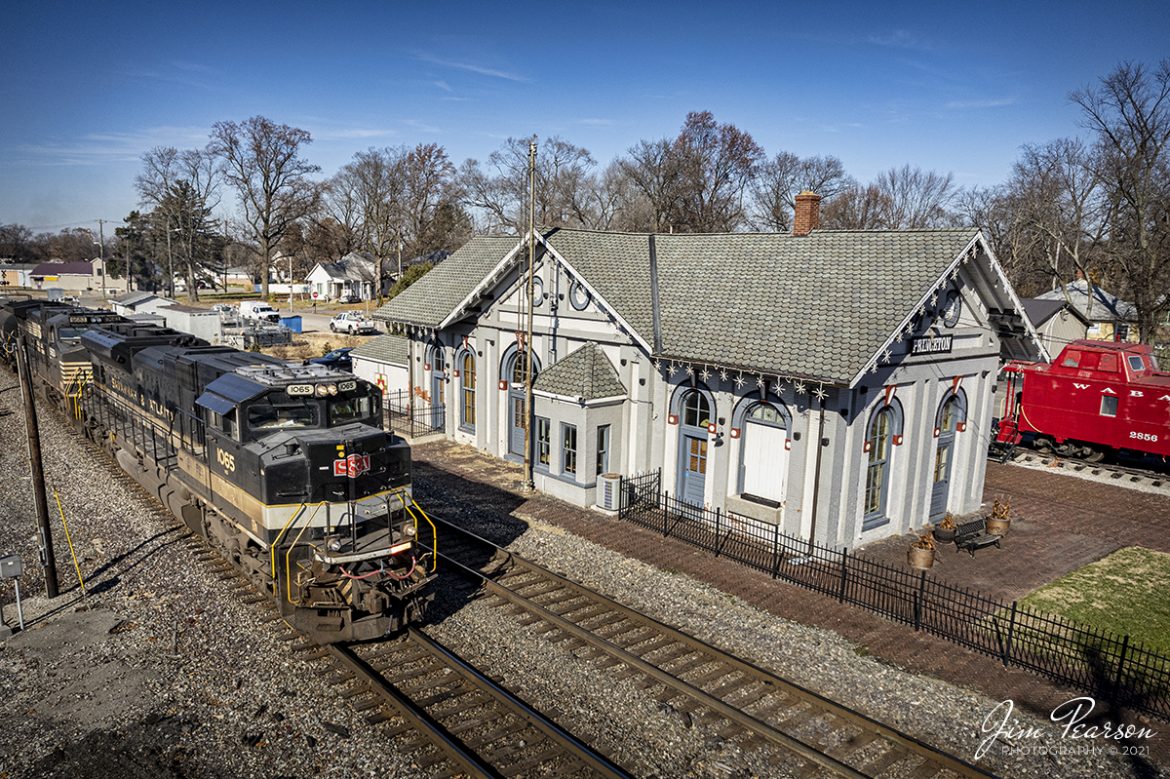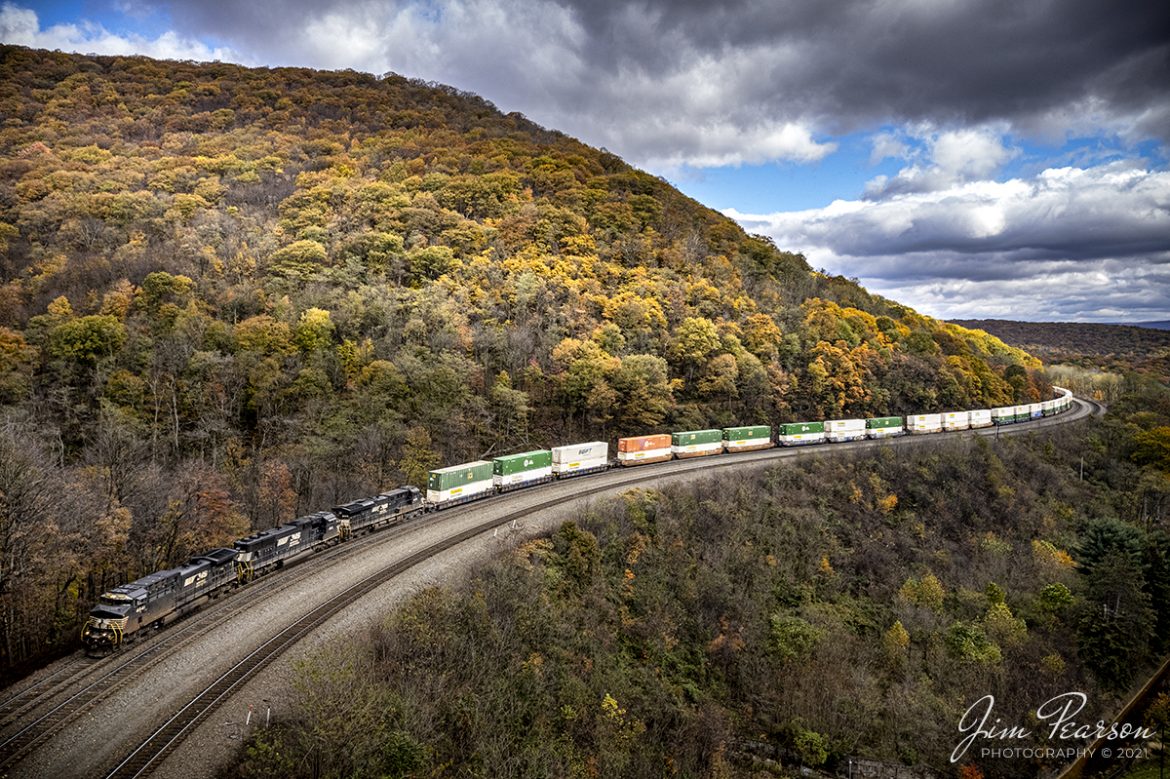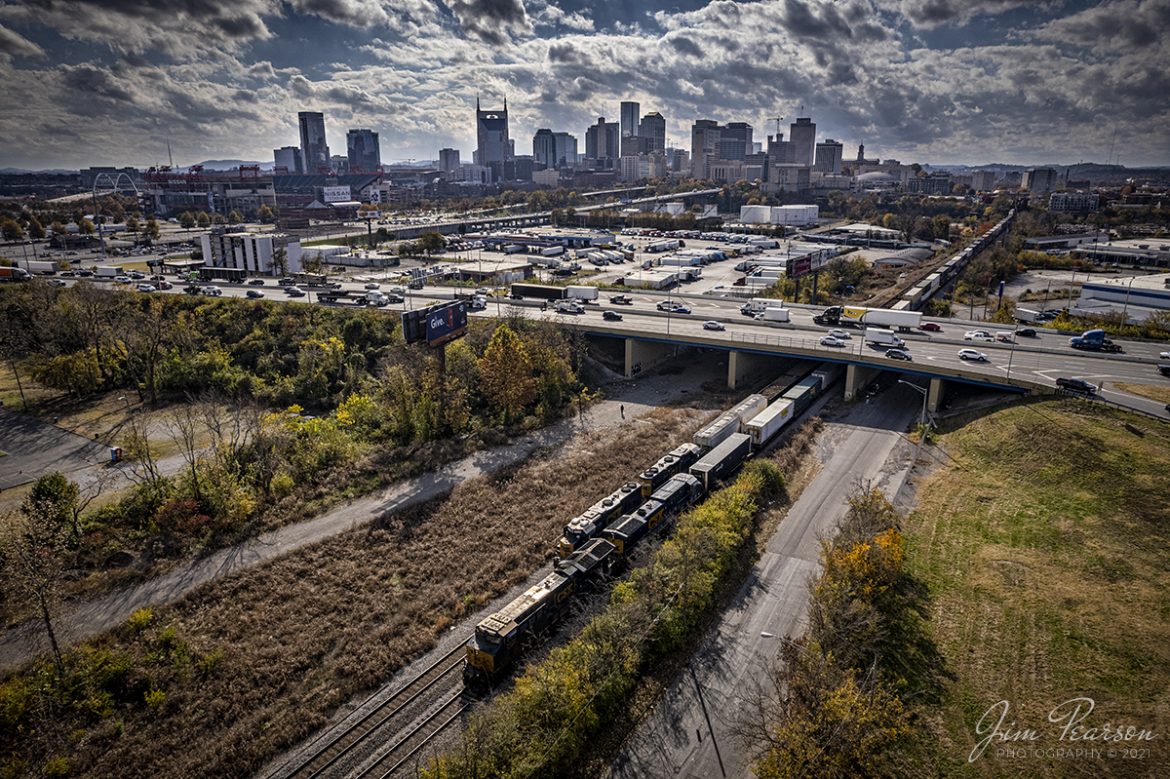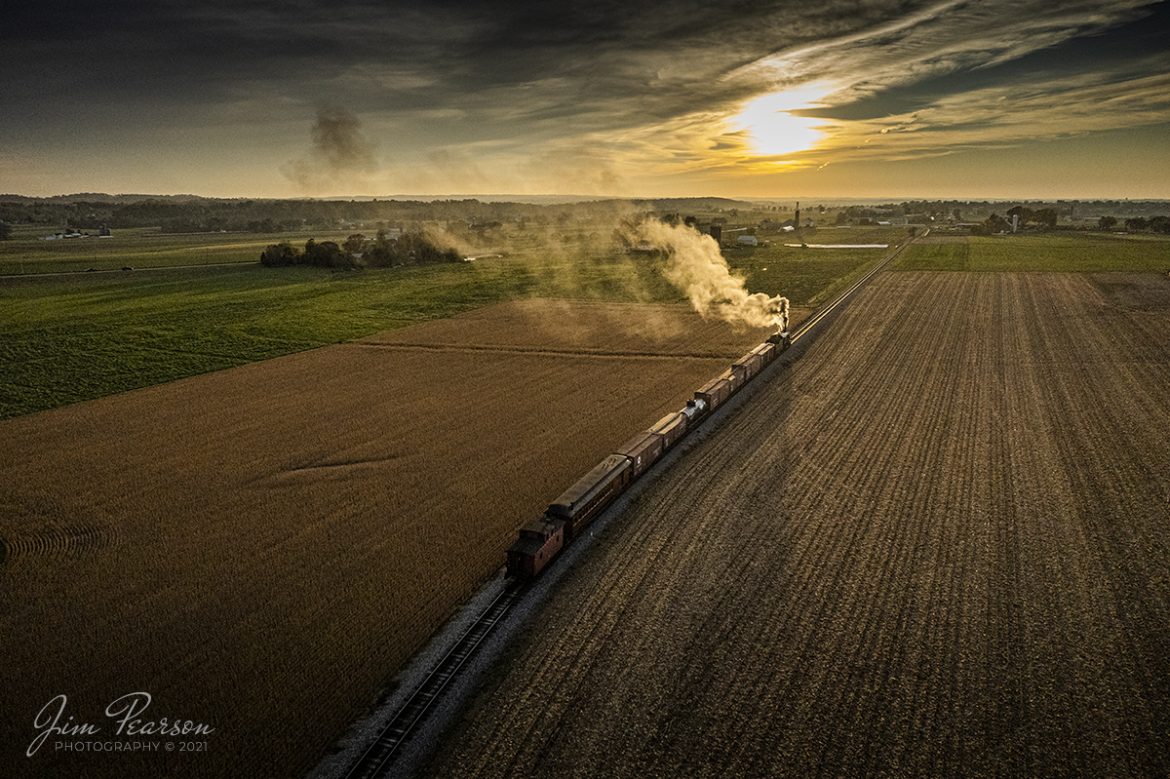Norfolk Southern Savannah and Atlanta Heritage unit 1065 leads NS 167, as it passes Consolidated Grain and Barge Company at Lyles Station, MP 157, as it heads east on the NS Southern West District at Lyles Station, Indiana on December 3rd, 2021. Catching this unit completes my goal of photographing all 20 of the NS Heritage units out in the Wild.
According to the NS Website: Savannah & Atlanta Railway (SR, EMD) began life as the Brinson Railway in 1906, slowly expanding from Savannah toward the Northwest. It was consolidated with other small railroads to become the Savannah & Atlanta in 1917. Central of Georgia bought the S&A in 1951.
According to Wikipedia, Lyles or Lyles Station is an unincorporated community in Patoka Township, Gibson County, Indiana. The community dates from 1849, although its early settlers first arrived in the 1830s, and it was formally named Lyles Station in 1886 to honor Joshua Lyles, a free African American who migrated with his family from Tennessee to Indiana around 1837. Lyles Station is one of Indiana’s early black rural settlements and the only one remaining.
The rural settlement reached its peak in the years between 1880 and 1912, when major structures in the community included the railroad depot, a post office, a lumber mill, two general stores, two churches, and a school. By the turn of the twentieth century,
Lyles Station had fifty-five homes, with a population of more than 800 people. The farming community never fully recovered from the Great Flood of 1913, which destroyed much of the town. Most of its residents left for economic reasons, seeking opportunities for higher paying jobs and additional education in larger cities.
By 1997 approximately fifteen families remained at Lyles Station, nearly all of them descended from the original settlers.
Tech Info: DJI Mavic Air 2S Drone, RAW, 22mm, f/2.8, 1/2500, ISO 130.

